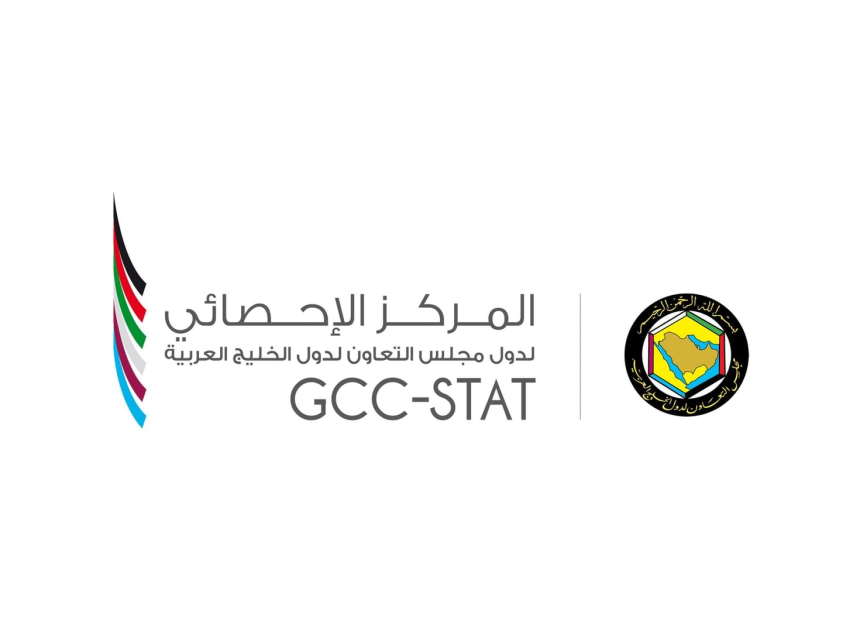Recent data from the Statistical Centre for the Cooperation Council for the Arab Countries of the Gulf (GCC-Stat) reveals notable advancements in the Gulf Common Market, showcasing significant changes in workforce dynamics across the public and private sectors in GCC countries.
In 2023, the number of GCC citizens employed in the public sector reached approximately 11.2 thousand, a slight decrease from 12.2 thousand in 2007. Conversely, private sector employment for GCC citizens rose to 21.2 thousand, up from 17.9 thousand in the same period.
The data indicates that in 2018, the UAE’s public sector employed 4,000 citizens from other GCC countries, marking an impressive increase of 164.1% compared to 2007. Among these, Omanis made up the largest portion at 86.4%, followed by Bahrainis at 7.2%, while the remaining GCC citizens accounted for 6.4%. In the private sector, the number of GCC citizens working in the UAE reached 9,000 in 2021, with Omanis being the majority at 57.8%, followed by Saudis at 30% and other GCC citizens at 12.2%.
In Bahrain, 535 citizens from other GCC countries were employed in the private sector in 2023, reflecting a decrease of 10.5% compared to 2007. The majority of these workers were Saudis, making up 71.8%, followed by Omanis at 21.5%, and other GCC citizens at 6.7%. Meanwhile, Saudi Arabia reported that 13 citizens from other GCC countries were working in the public sector in 2023, which marks an 8.3% increase since 2007. Kuwaitis represented the majority at 46.2%, followed by Bahrainis at 38.5% and other GCC citizens at 15.3%.
The private sector in Saudi Arabia also saw growth, with 8.8 thousand GCC citizens employed in 2023, an increase of 658.7% from 2007. Bahrainis constituted the largest group in this sector at 48.8%, followed by Omanis at 25.4% and other GCC citizens at 25.8%. In Oman, the public sector employed 59 citizens from other GCC countries in 2023, a 47.5% rise from 2007, with Emiratis making up 39% of this workforce, followed by Bahrainis at 32.2% and other GCC citizens at 28.8%.
However, in Oman’s private sector, only 39 citizens from other GCC countries were employed in 2023, representing a decline of 24.3% since 2007. Here, Bahrainis were the majority at 53.4%, followed by Saudis at 27.5% and other GCC citizens at 19.1%. In Qatar, the number of GCC citizens in the public sector was 1.1 thousand in 2023, a decrease of 18.8% from 2007. Omanis again formed the majority at 45.6%, with Saudis at 35.6% and other GCC citizens at 18.8%.
The private sector in Qatar recorded an employment figure of 1.2 thousand GCC citizens, which is an increase of 131.2% compared to 2007. In this sector, Saudis represented 35.2% of the workforce, followed by Bahrainis at 28.6% and other GCC citizens at 36.2%. In Kuwait, 5.8 thousand GCC citizens were employed in the public sector in 2023, a decline of 38.1% from 2007. Saudis constituted 93.5% of this workforce, with Omanis at 3.2% and other GCC citizens at 3.3%.
In the private sector, Kuwait reported 1.5 thousand GCC citizens employed in 2023, a significant decrease of 90.3% from 2007. Saudis again made up the majority at 75.3%, followed by Bahrainis at 16.8%, Omanis at 7.3%, and Emiratis at 0.6%. The GCC continues to prioritize the facilitation of labor mobility among member states and the promotion of Gulf citizenship, as highlighted by decisions from the Supreme Council since 2000. Various ministerial committees have been established to improve workforce integration within the region.


Leave a Reply